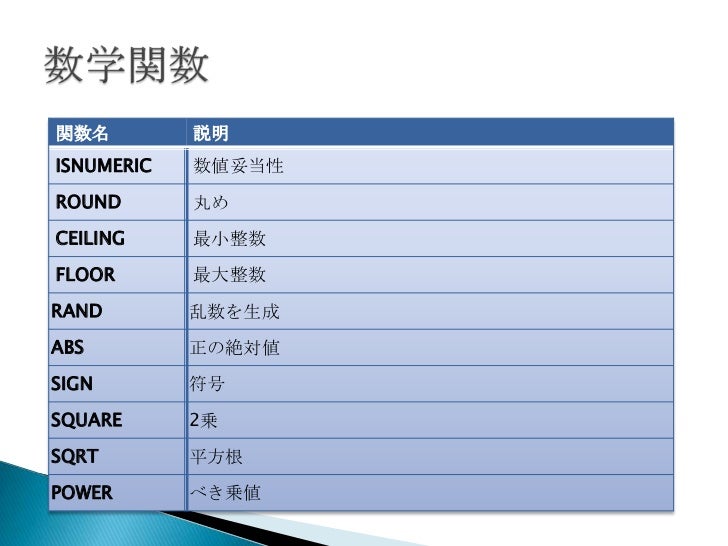The group by already does this for you. T-SQL CASE Clause: How to specify WHEN. Can I achieve this using SQL ? CASE x WHEN null THEN is the same as CASE WHEN x = null THEN.

But nothing equals null in that way. This means that you are always getting the ELSE part of your CASE statement. Gilt für: SQL Server Azure SQL -Datenbank Azure Synapse Analytics ( SQL DW) Parallel Data Warehouse APPLIES TO: SQL Server Azure SQL Database Azure Synapse Analytics ( SQL DW) Parallel Data Warehouse. Falls nein, wird der erste Ausdruck zurückgegeben, falls ja, wird der zweite Ausdruck ausgewertet.
Beide Ausdrücke müssen vom gleichen Datentyp sein. The CASE statement goes through conditions and returns a value when the first condition is met (like an IF-THEN-ELSE statement). So, once a condition is true, it will stop reading and return the result.
If no conditions are true, it returns the value in the ELSE clause. SQL HOME SQL Intro SQL Syntax SQL Select SQL Select Distinct SQL Where SQL An Or, Not SQL Order By SQL Insert Into SQL Null Values SQL Update SQL Delete SQL Select Top SQL Min and Max SQL Count, Avg, Sum SQL Like SQL Wildcards SQL In SQL Between SQL Aliases SQL Joins SQL Inner Join SQL Left Join SQL Right Join SQL Full Join SQL Self Join SQL. Consider the Products table in the following figure. I have a WHERE clause that I want to use a CASE expression in.
Der CASE-Ausdruck kann nicht verwendet werden, um den Ablauf bei der Ausführung von Transact-SQL-Anweisungen, Anweisungsblöcken, benutzerdefinierten Funktionen und gespeicherten Prozeduren zu steuern. SQL Server will not be able to use statistics to estimate cardinality. For example, when you manipulate the. However, you can use the COALESCE function or CASE expression to achieve the same functionality.
I'm simply trying to create a column named 'sort' that will use bky_filing_dt if the column isn't null , or use aa1. Why is SAS giving me this error? Thanks for any suggestions that will help. Preventing Null Rows from Disappearing. There are some T- SQL functions where null values are eliminated from the result set.
NULL is special in SQL. In such cases , null values won’t be returned at all. While this might be a desirable outcome in some cases , in other cases it could be disastrous, depending on what you need to do with the data once it’s returned.

Ask Question Asked years, months ago. View baue, hab ich dann nicht das selbe problem wie mit der SQL Abfrage? Ich weiß es nicht so genau, weil ich arbeite selten mit Views. Ich kenn mich da nicht so aus.
Geht das vielleicht nur mit PLSQL? My question here is, how to incorporate this in a SELECT statement that has CASE expression.
Keine Kommentare:
Kommentar veröffentlichen
Hinweis: Nur ein Mitglied dieses Blogs kann Kommentare posten.